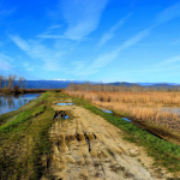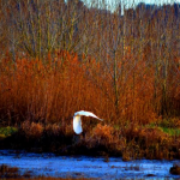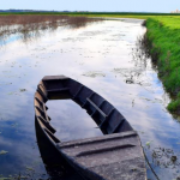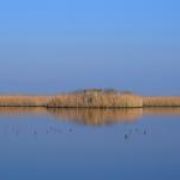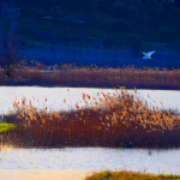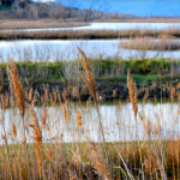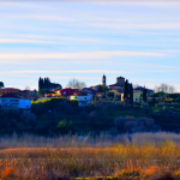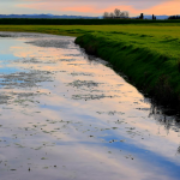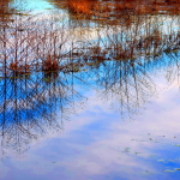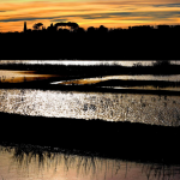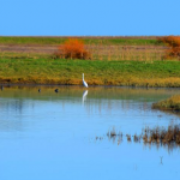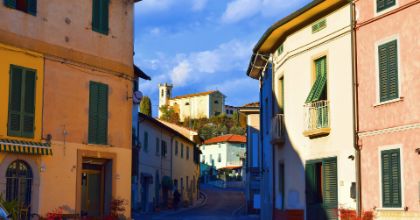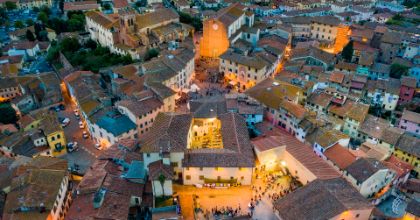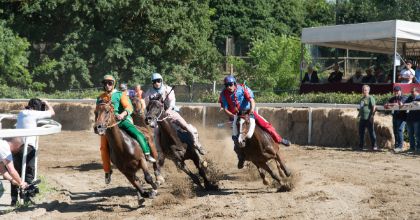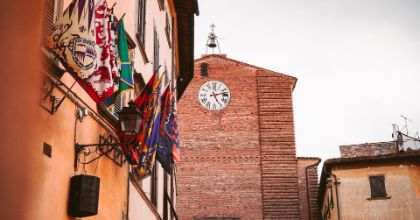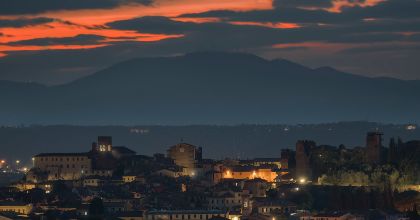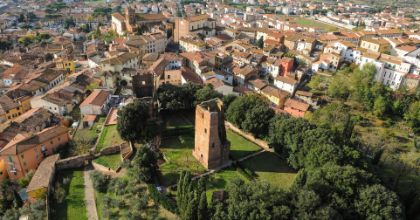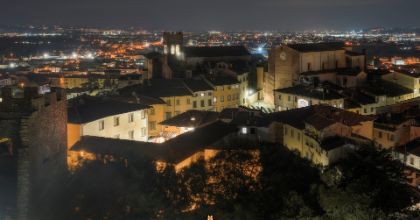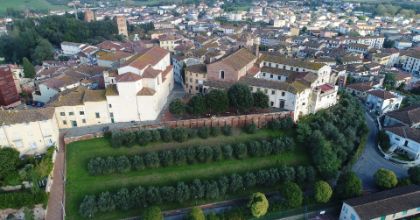With about 1,800 hectares of land divided between the Province of Florence and that of Pistoia, the Padule di Fucecchio is one of the most important wetlands in Tuscany: remarkably reduced compared to that ancient lake-marsh present in ancient times, Today the Padule is a basin of roughly triangular shape located in the Valdinievole, south of the Pistoia Apennines, between Montalbano and the Cerbaie Hills. The main water supply comes from waterways coming from the preappennine slopes; the only outlet, however, is the Usciana channel, which flows near Montecalvoli (PI) after a path more or less parallel to the Arno along 18 kilometers.
Within the overall extension, about 230 hectares are protected by Nature Reserves established by the Provincial Administrations of Pistoia and Florence, while the remaining parts are part of the relative Contiguous Areas. The Natural Reserve of the Padule di Fucecchio is equipped with structures for the visit that also include three wildlife observatories, one of which is realized through the conversion of one of the characteristic local cottages.
The Padule, in addition to the richness of the landscapes and nature, retains the charm of the historical events linked to the Medici and Lorraine families and the traces of the ancient processing of marsh herbs, as well as being the scene of a tragic episode of World War II. The historical past clearly emerges from the significant evidence of the work of man, which, over the centuries, has shaped and modified the very structure of the wetland: thus, the canals and the port system are to be read as signs of ancient and important waterways; the Medici bridge of Cappiano, now a tourist structure, as an important passage on the Via Francigena and center of the activities of water and fishing. The basin also houses tobacco dryers, authentic findings of industrial archeology.
The tombstones scattered on the huts or along the banks tell a more recent story: the tragedy of the barbaric massacre perpetrated by the Nazi-Fascists on 23 August 1944, in which 175 people died. Finally, in Padule are still present, even if practiced by a few artisans, activities related to the processing of marsh herbs, which include the collection and the interweaving of the sarello and the room, used to cover chairs and flasks, as well as the "gaggia" and other plants typical of this humid area.
